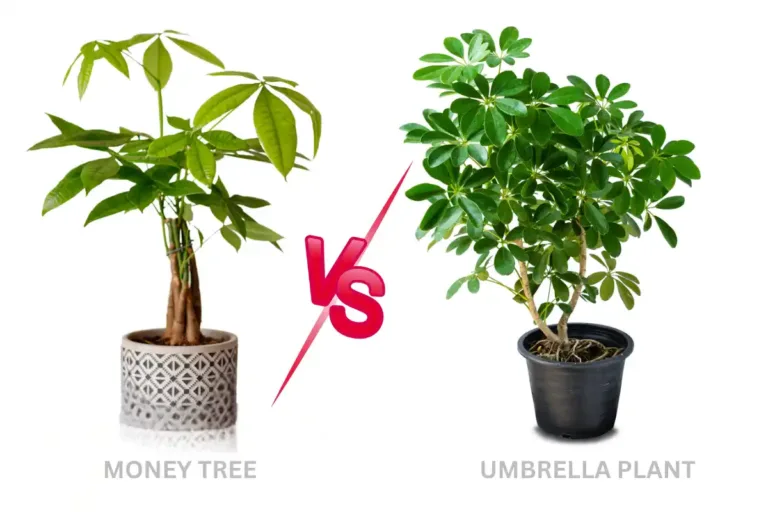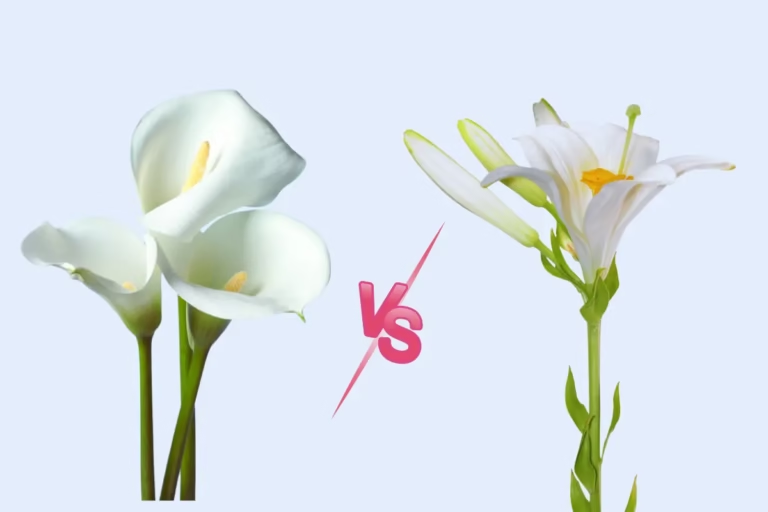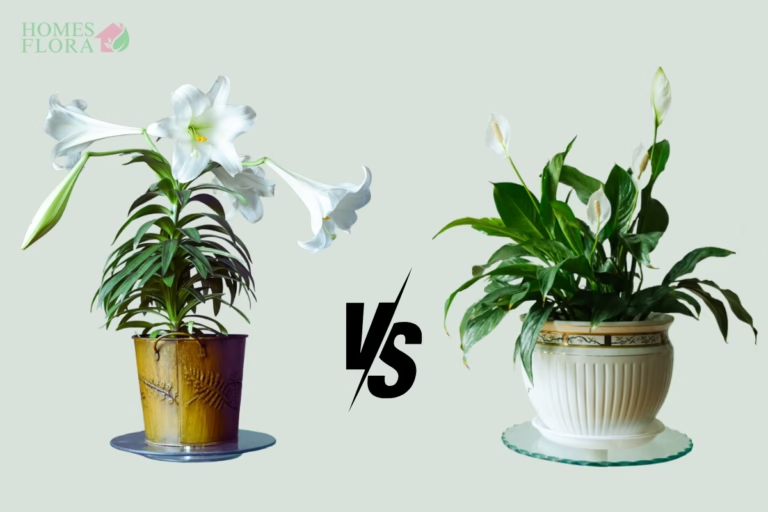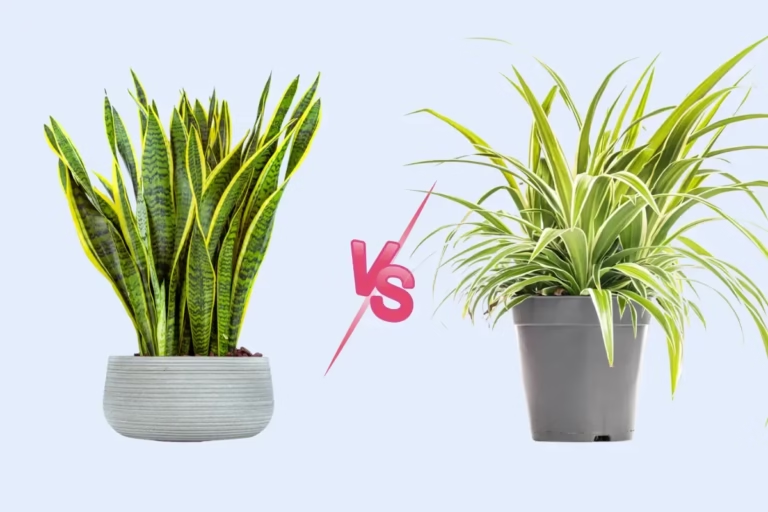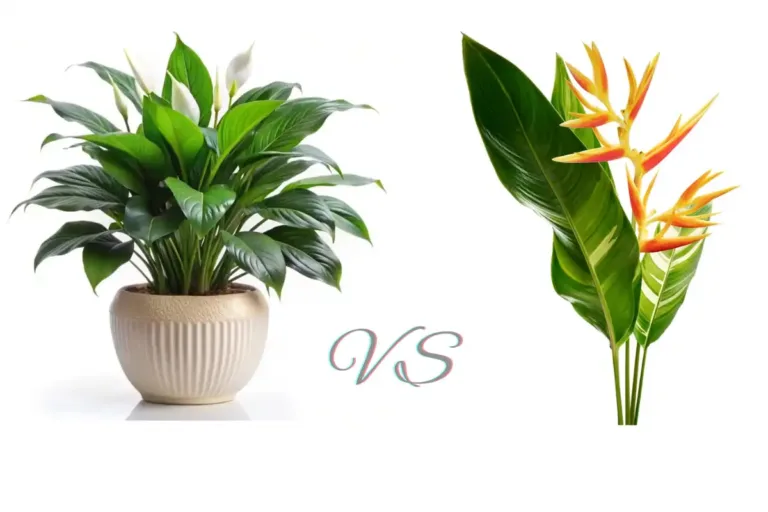Money Tree Vs. Money Plant: Which One Brings More Luck?
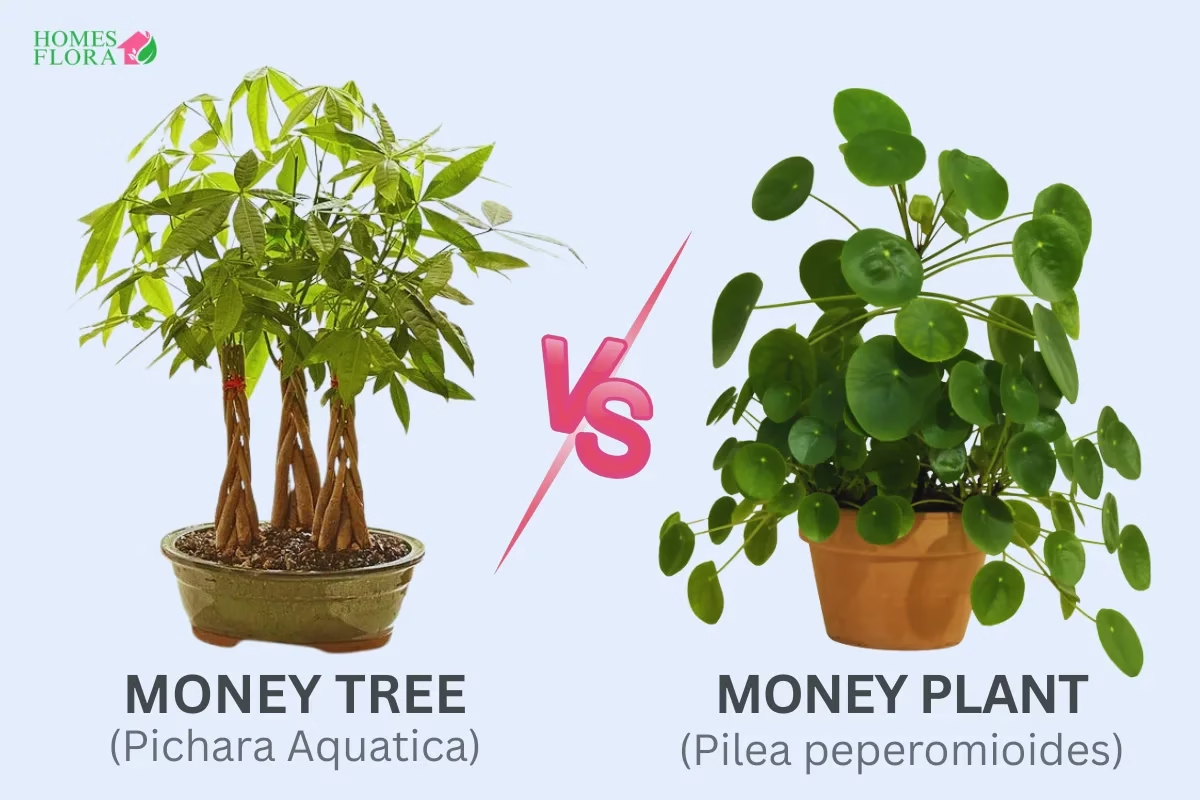
Plant lovers often mix up the money tree and money plant, charmed by their names and shared reputation for bringing luck and prosperity. The Money Tree (Pachira aquatica) and the Money Plant (Pilea peperomioides), often called the Chinese Money Plant, are two popular good luck plants known to attract wealth, prosperity, and positive energy.
These plants have different origins, appearances, and symbolic meanings in Feng Shui. This complete guide explains what sets them apart — so you can choose the perfect plant for your home or office.
Quick Answer
Money Tree, also called Pachira aquatica, is a larger, braided plant symbolizing stability & long-term wealth in Feng Shui—great as a statement plant for homes or offices.
Money Plant refers to the Chinese Money Plant, scientifically known as Pilea peperomioides, which is smaller, easy to care for, and symbolizes prosperity—perfect for desks, shelves, and compact spaces.
Money plant vs Money tree: Key Differences
While both of these nominated indoor plants attract good luck, they differ in size, leaf shape, origin, and growth habits and caring needs to survive for long term. Here’s a quick side-by-side guide:
Feature | Money Tree | Money Plant |
|---|---|---|
Scientific Name | Pachira aquatica | Pilea peperomioides |
Origin | Central & South America | Southern China |
Appearance | Glossy, palmate leaves; braided trunk | Flat, round, coin-like leaves |
Indoor Size | 6–8 feet tall | 1–2 feet tall |
Growth Habit | Upright, tree-like; trunk often braided | Bushy, compact plant |
Light Needs | Bright, indirect light | Bright, filtered light |
Watering Needs | Moderate watering; allow soil to dry slightly | Medium watering; avoid soggy soil |
Humidity | Prefers medium to high humidity | Adapts to low to medium humidity |
Soil Type | Well-draining potting mix | Well-draining potting soil |
Fertilizer | Monthly during spring and summer | Monthly during growing season |
Pruning | Trim dead leaves or shape as needed | Remove yellow or damaged leaves |
Propagation | By stem cuttings (less common) | Easy via baby plant “pups” or cuttings |
Repotting | Every 2–3 years or when root-bound | Every 1–2 years or when crowded |
Pet Safety | Non-toxic to cats and dogs | Non-toxic to pets |
Symbolism | Good luck, wealth, stability, prosperity | Good luck, wealth, prosperity, sharing abundance |
What Is a Money Tree?
A Money Tree, scientifically known as Pachira aquatica and also called Malabar Chestnut, Guiana Chestnut, Provision Tree, Saba Nut. It is a popular indoor plant prized for its symbolism of good luck, wealth, and prosperity, especially in Feng Shui practice. It is often gifted to wish someone success in business, new ventures, or a new home.
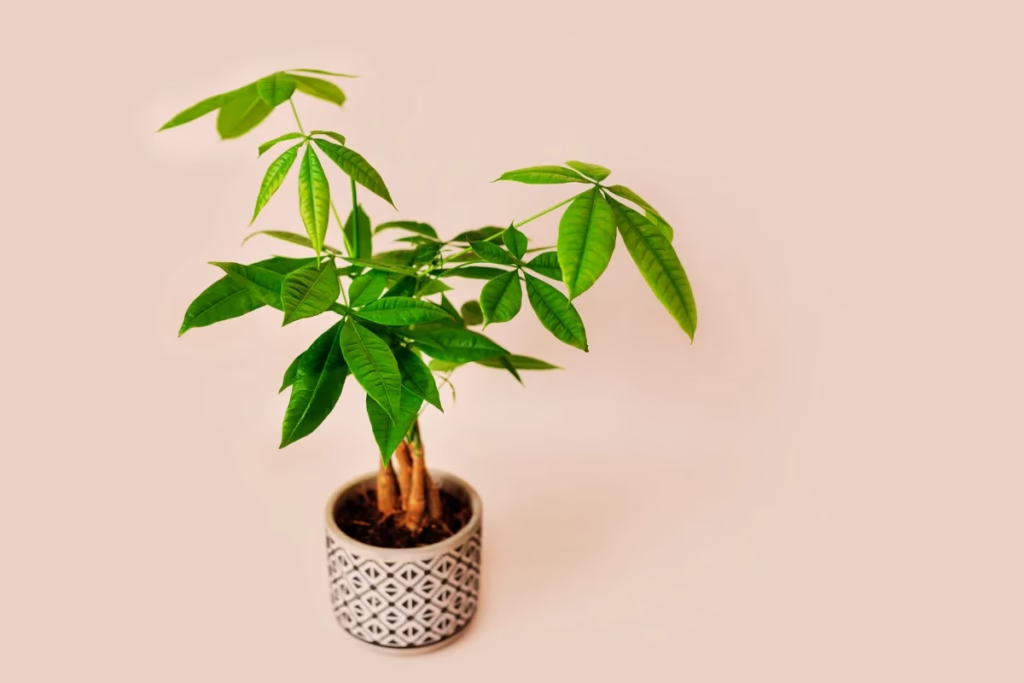
From Where it comes?
The Money Tree is is native to the tropical wetlands and rainforests of Central America and South America, particularly in regions like Costa Rica, Panama, and the Amazon Basin. It thrives in humid, subtropical climates with consistent rainfall and high temperatures. In its natural habitat, this species can grow over 60 feet tall, forming part of the rich biodiversity found in Latin American ecosystems.
How it Physically look?
The Pachira aquatica features glossy, green, hand-shaped leaves arranged in clusters of five to seven, symbolizing the Five Elements in Feng Shui—Earth, Metal, Water, Wood, and Fire. Often seen with braided trunks, a practice popularized in Taiwan in the 1980s, the plant is believed to attract chi and financial prosperity.
How Big Does it Grow?
When grown indoors, a Money Tree typically reaches 6 to 8 feet tall, but it can be pruned to maintain a smaller size. With the right care, including bright, indirect light, occasional rotation for even growth, and proper watering, it can live for many years. Its upright, tree-like shape and the dramatic braided trunk make it a striking focal point for living rooms, offices, or entryways.
What Does it Symbolize?
In Feng Shui, the Money Tree is more than a decorative plant — it symbolizes financial growth, abundance, and stability. The braided stems are said to trap positive energy and attract wealth, while the vibrant green leaves radiate vitality and fresh energy into the room. Many businesses place a Money Tree near their entrance to welcome prosperity, while homeowners often keep it in the southeast corner — the wealth corner — to activate financial blessings.
What Is a Money Plant?
A Money Plant often means the Chinese Money Plant (Pilea peperomioides), a charming, compact houseplant known for its round, coin-like leaves. Its playful look and easy-care nature have made it a favorite among beginner plant owners and interior designers alike.
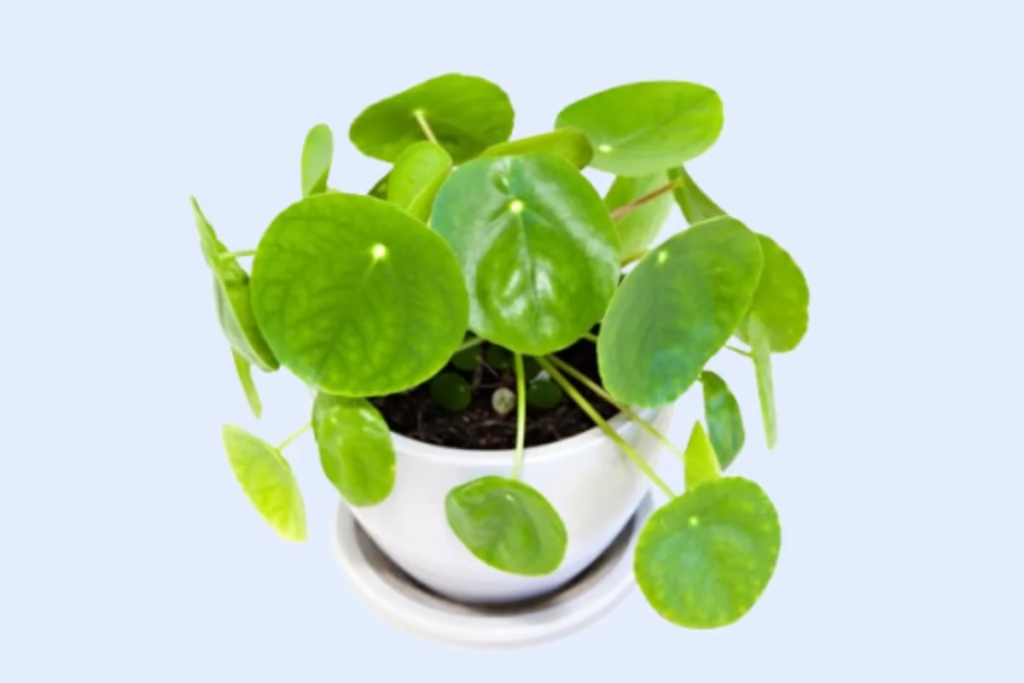
Origin
The Chinese Money Plant is native to the Yunnan province in Southern China. It was first popularized in Europe when a Norwegian missionary brought cuttings home in the 1940s, earning it nicknames like the “Missionary Plant” and “Friendship Plant.”
Appearance
The Chinese Money Plant features smooth, glossy green leaves that are perfectly round and coin-shaped, sitting atop long, upright stems. Its foliage grows in a neat, symmetrical pattern, giving the plant a clean, minimalist look. The shiny, pancake-like leaves add a touch of modern elegance, making it a standout in any indoor setting.
Growth
The Chinese Money Plant stays small and manageable indoors, usually growing to about 12–24 inches tall. It naturally forms a neat, bushy mound that makes it perfect for windowsills, bookshelves, desks, and small apartments. Given the right conditions — bright, indirect light, regular watering, and well-draining soil — it will thrive and even produce baby plantlets, called “pups,” which can be easily propagated.
Symbolisam
The Chinese Money Plant is deeply valued for its symbolism of financial luck, prosperity, and positive energy. Its coin-like leaves represent wealth and abundance, while its ease of propagation reflects the idea of sharing good fortune with friends and family. In Feng Shui, it is believed to help circulate positive energy and balance financial flow when placed in the wealth corner of your home or office.
Related: Palmetto Tree Vs. Palm Tree: Key Differences & Similarities
Which Plant Brings More Luck?
Both the Money Tree and Chinese Money Plant are believed to attract wealth, success, and positive energy. The Money Tree is more common in Feng Shui because its braided trunk is thought to “lock in” fortune. The Money Plant’s coin-like leaves directly symbolize money and abundance.
Placment: Money Tree Vs Pilea Peperomioides
In Feng Shui, the best placement for Respectable Houseplants is the southeast corner of your home or office, which is known as the wealth corner. This area is believed to activate financial luck and attract prosperity when enhanced with lucky plants.
Best Place for a Money Tree
The indoor plant is often positioned in larger spaces because of its tree-like height and braided trunk. Here’s where to place it for maximum positive energy:
Expert insight: Avoid placing a Money Tree in your bedroom or bathroom, as this can disrupt the flow of wealth energy according to traditional Feng Shui principles.
Best Place for a lucky chinese Plant
The Pilea peperomioides, with its small size and coin-like leaves, is versatile and perfect for tighter spots. Recommended placements include:
Expert Insight: Group your Money Plant with other wealth-symbolizing plants like Jade Plant or Golden Pothos to create a mini prosperity corner that attracts good luck and enhances air purification.
Pichara Aquatica Or Chinese Money Plant: Which One Suit Your Home & Office?
Choosing between these lucky housplatns depends on your space, style, and goals.
Pick the braided trunk variety if you’re looking for a larger statement plant that symbolizes stability and prosperity. Its upright growth makes it ideal for bright corners in living rooms, home offices, or reception areas where you want to make an impression and activate strong Feng Shui wealth energy.
Choose the Chinese Money Plant if you prefer a compact, low-maintenance plant that fits perfectly on desks, windowsills, or small shelves. Its coin-shaped leaves directly symbolize financial luck and abundance, and it’s simple to propagate — making it a thoughtful gift of sharing and support with family and friends.
Can You Grow a Money Tree and Money Plant Together?
Yes! Many plant lovers keep both together for double the luck and beauty. Just give each enough light and avoid overwatering. Both plants complement modern décor, help purify indoor air, and add a vibrant green touch that encourages good fortune and positive energy in any room.
Lucky Plants Commonly Called “Money Tree”
Related: Money Tree vs Umbrella Plant, Ficus, Palm & Jade
Key Takeaway
These are the most popular good luck plants for a reason: they’re beautiful, low-maintenance, and rich in symbolism. Whether you choose the tall, striking braided Money Lucky Tree or the charming Chinese Money Plant with its coin-like leaves, both invite prosperity, growth, and a fresh flow of positive energy into your home or workspace.
Use them as part of your Feng Shui wealth corner, place them near entrances, or brighten your work desk — either way, these plants are timeless reminders that abundance and harmony grow when you nurture them with care.

